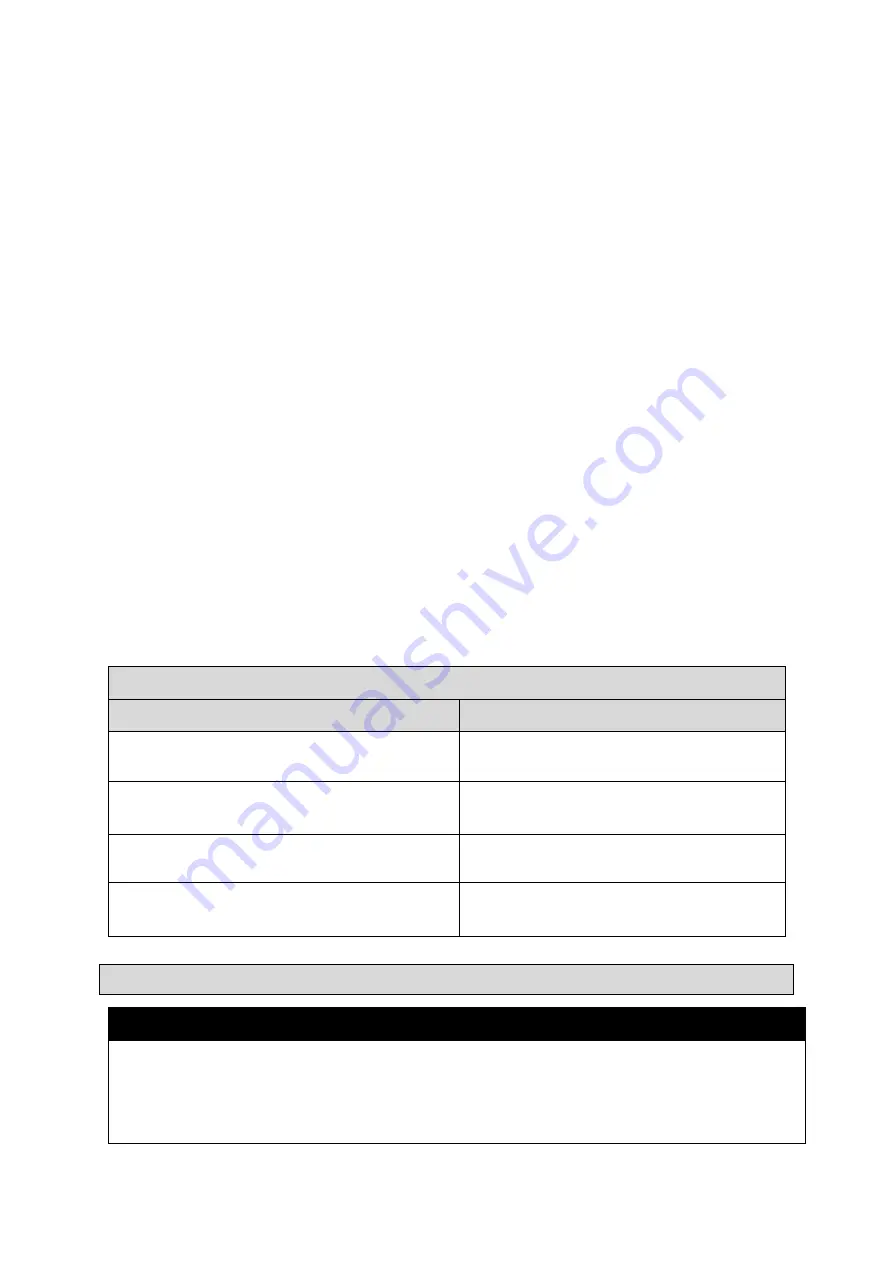
Page 15 of 23
CHECKING THE SAFETY VALVE
Check the safety valve by performing these three steps:
1. Plug the compressor in and run until shut-off pressure is reached.
2. Wearing safety glasses and hearing protection, pull out on the safety valve ring to release
pressure from the tank.
3. The safety valve should close automatically at approximately at 40-50 PSI. If the safety valve
does not allow air to be released when you pull out on the ring, or does not close
automatically, it must be replaced.
STORAGE
To store the air compressor, be sure to do the following:
1. Turn the unit off and unplug the power cord from the receptacle.
2. Remove all air hoses, accessories, and air tools from the air compressor.
3. Perform the daily maintenance schedule.
4. Open the drain valve to bleed all air from the tank.
5. Close the drain valve.
6. Protect the electrical cord and air hose from damage (such as being stepped on or run over).
Wind them loosely around the compressor handle.
7. Store the air compressor in a clean and dry location.
Maintenance Schedule
Items to Check/Change
Before Each Use or Daily
Check Tank Safety Valve
X
Overall Unit Visual Check
X
Drain Tank
X
Check Power Cord for Damage
X
Troubleshooting
⚠
WARNING
•
Risk of unsafe operation.
Unit cycles automatically when power is on. When servicing, you may
be exposed to voltage sources, compressed air, or moving parts. Before servicing unit, unplug or
disconnect electrical supply to the air compressor, bleed tank of pressure, and allow the air
compressor to cool.









































